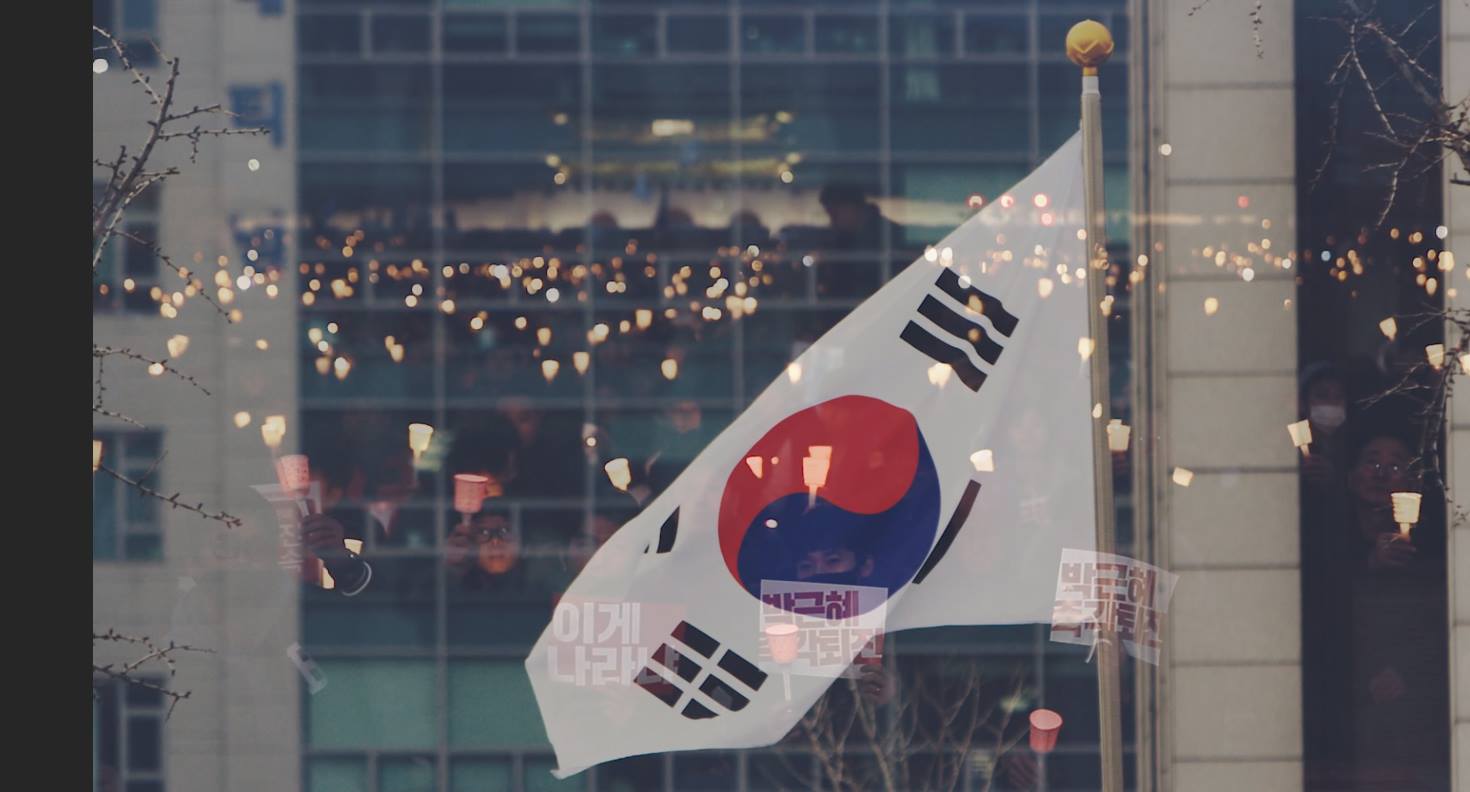After the Sewol: Two English Filmmakers Take on a Korean Tragedy

Photos courtesy of After the Sewol
By the time the movie was over, there were not many dry eyes in the audience of over 60 people at the April 22 Special GIC Talk. Bringing together an even mix of Koreans and foreigners in the Gwangju community, the Gwangju International Center had the opportunity to screen the recently completed independent documentary After the Sewol, with a guest visit by the filmmakers Matt Root and Neil George, who both hail from England.
Drawing on extensive interviews with bereaved family members and activists, as well as the history of safety problems and the Korean democracy movement, the movie paints a comprehensive portrait of the three-year national mourning period and struggle to discover the truth following the April 16, 2014 sinking of the Sewol ferry. With just a handful of screenings in Korea and a special online streaming on the third anniversary of the disaster, After the Sewol continues to garner press and critical acclaim on the film festival circuit. Root and George have begun work on a follow-up documentary, focusing on what they call the “Sewol Generation,” the youth who have grown up in the wake of the disaster.
During questions from the audience after the screening, George maintained the need for keeping this national tragedy from disappearing from the public view. As expressed by families of the 304 victims, most of whom were second-year students at Danwon High School in Ansan, the filmmakers agree that truth and responsibility remain unresolved issues.
“The people who should be held accountable have not been held accountable,” George said. “The Sewol families feel that they are being ignored. The film can keep people reminded that the families are still waiting. They have received no trauma treatment from the government.”

After the movie screening, GIC staff met with the filmmakers to discuss the origins and future of their joint project. At the time of the ferry sinking, George, based in Seoul, and Root, based in Daegu, had lived in Korea for several years but did not meet until they decided to work together on After the Sewol. They carefully crafted a plan for telling the story in the most sensitive manner. Still, it took time to overcome the obstacles.
“When the accident happened, there was a huge problem with the media, especially Korean media,” George said. “[The families] were very reluctant to talk to any media. They didn’t trust anybody. So initially, it was a little bit difficult. We met with them six or seven times before they agreed to do it.”
The people interviewed for the documentary started from a father of one of the student victims, a leader in the national mourners’ movement. From there, the filmmakers met other family members, a National Assembly member sympathetic to the families, and divers involved in the rescue operations. While bereaved mothers have been very active in the post-disaster struggle, there is a noticeable lack of their voices in the documentary.

“Mothers were extremely difficult to get,” Root said. “Even two years after, they were still very emotional. They would talk to us, but they didn’t want to be on camera. We’re hoping the second film will include more females.”
Root came to Daegu as an English teacher six years ago after university. After marrying into a Korean family, he eventually stopped full-time teaching to devote himself to making After the Sewol. Now with a young child, he expressed hope for a better future for his family.
“I never want our children or anyone’s children to have to go through this, so the more I can do to raise awareness, the better it will be for my family and everyone.”
George held a photo exhibit in Hongdae in 2005, before coming back in 2011 to teach film long-term at Seoul’s Dongah Institute of Media and Arts. Out of the few Korean screenings so far, he said he was most impressed by his university students’ reactions.
“Some of my students didn’t know the history of the Park Chung-hee era because they are all so young. They asked many good questions. I was surprised.”
For now, the ferry’s salvage operation that started on March 22 has brought the tragedy back into the public consciousness, after being nearly forgotten.
“The sad thing is, by 2015 few people were talking about it,” Root said. “By 2016, no one was talking about it. It’s only just now come back into the public eye, due to the salvage and the Choi Sun-sil scandal.”

Looking towards the upcoming May 9 presidential election and speaking from what he has learned while making the documentary, George still sees many things for Korea to overcome.
“Korea’s changing, definitely, but at the same time, politics, and money are still such a big problem. It’s deeply rooted. In ten or fifteen years’ time, when we look back on this day, people are going to realize how much the Sewol movement has impacted Korea.”
On the Sunday following the screening, filming for the second documentary occurred in Gwangju for the first time. Root and George plan a return trip to the city for this year’s May 18th commemoration, for more filming, interviews, and the possibility of showing the completed movie to a wider audience.
Stay up to date with After the Sewol through their Facebook page and donate to the making of the follow-up movie: https://www.tumblbug.com/project/185000fe-82f3-4e6b-a4af-d02d85cebc3a







